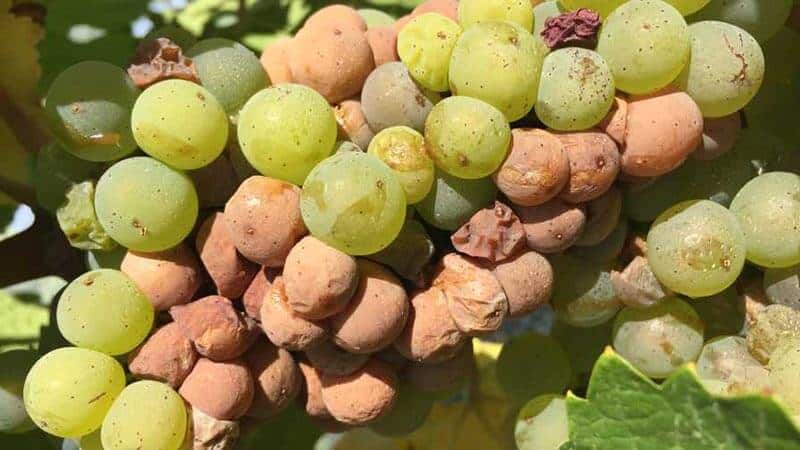Why Now Is the Time to Revisit Estate and Succession Planning
California’s wine industry is entering uncharted territory—and San Luis Obispo wineries may be next in line to feel the effects. While our Central Coast region boasts rich soils, thriving tourism, and a well-earned reputation for premium wines, the statewide picture is increasingly troubled. If you own or operate a winery in SLO County, now is the time to take a hard look at your estate plan, business structure, and succession strategy.
Industry Stressors Are Converging
Wine consumption in the U.S. fell by 8.7% in 2023, and younger generations are not picking up the slack. Gen Z and millennials are drinking less alcohol overall, favoring mocktails, cannabis, and nonalcoholic alternatives. A viral TikTok by sommelier Warner Boin racked up over 1.6 million views, with users calling wine “toxic,” “outdated,” and “expensive.”
Meanwhile, California wine regions such as the Sierra Foothills are in crisis. Wineries are going up for sale. Roughly 60% of Amador County’s grape crop went unharvested in 2024. Winemakers are slashing production or shutting down altogether.
Now, another wave of disruption looms on the horizon: reciprocal tariffs.
Tariffs Could Tip the Scale
The recently announced reciprocal tariffs between the U.S. and EU are expected to hit the wine sector hard:
-
The U.S. has imposed a 20% tariff on EU wines, which could drive retail prices for imported wine up by 30%.
-
In retaliation, the EU has authorized tariffs on $23 billion worth of U.S. goods, including American wine exports.
-
Canada, one of our largest trading partners, has already suspended U.S. wine imports entirely.
This one-two punch is a major blow to wineries that rely on:
-
Imported supplies or blended product components, and
-
Export markets, especially premium producers in California who sell abroad.
For SLO wineries, this means more competition in the domestic market, tighter margins, and fewer growth opportunities overseas—all of which heighten the urgency of planning for the future.
Estate Planning in a Volatile Environment
Many winery owners built their businesses during a growth era and assumed the next generation would take over. But with the industry contracting, it’s time to reassess:
-
Do your kids even want the business?
-
Can your estate cover taxes if vineyard values drop?
-
Is your trust correctly structured to own business assets like an S corporation?
This last point is worth addressing directly, because there’s a persistent myth out there:
Myth: Revocable Trusts Can’t Own S Corporations
False.
A properly drafted revocable living trust can absolutely own shares in an S corporation.
Here’s how:
-
During your lifetime, your revocable trust is a grantor trust, and the IRS treats you as the owner—making it a valid S corp shareholder.
-
After death, the trust can continue to hold the shares for up to two years, during which the trustee can elect QSST or ESBT status to maintain the S election.
Where problems arise is when:
-
No election is made,
-
The trust is poorly drafted, or
-
Successors are unaware of the required IRS filings.
The trust isn’t the problem—bad planning is.
Succession Planning Questions to Ask Today
Whether you’re preparing to pass the business to family, sell it, or wind it down, here are key questions:
-
Who will run the winery after you’re gone—or will anyone?
-
Are your corporate documents aligned with your trust or will?
-
Should you establish a Family Limited Partnership (FLP) or business succession trust?
-
Is your business realistically valued based on current trends and tariffs?
Exit, Adapt, or Innovate—But Don’t Wing It
Some SLO wineries may thrive by embracing change: drought-tolerant varietals, hospitality-forward tasting rooms, or smaller batch production. But even these paths require capital, planning, and clarity around leadership.
Others may be eyeing an exit—but the window is closing. In the Sierra Foothills, major estates are sitting unsold, with few serious buyers. If a mass exodus hits SLO, values could drop sharply. Having a well-drafted estate and succession plan—including clear provisions for business transfer, valuation, and tax efficiency—can mean the difference between leaving a legacy or facing liquidation.
Final Thought: A Vineyard Is Not Just Land—It’s a Legacy
For many in San Luis Obispo, the winery isn’t just a business. It’s a calling. But sentiment won’t protect your family or your estate when the market turns, or when you’re no longer here to lead.
With thoughtful planning, you can protect your heirs, preserve value, and position your winery for whatever comes next.
Now is the time.
Klaus Gottlieb, Wealth Care Lawyer
Helping California’s Wine Families Plan for What’s Next
